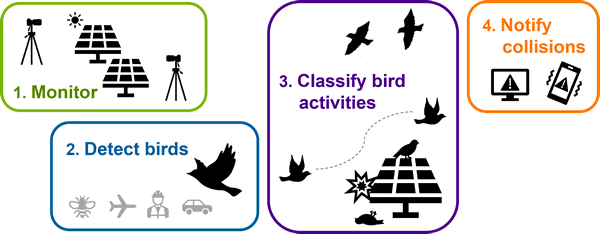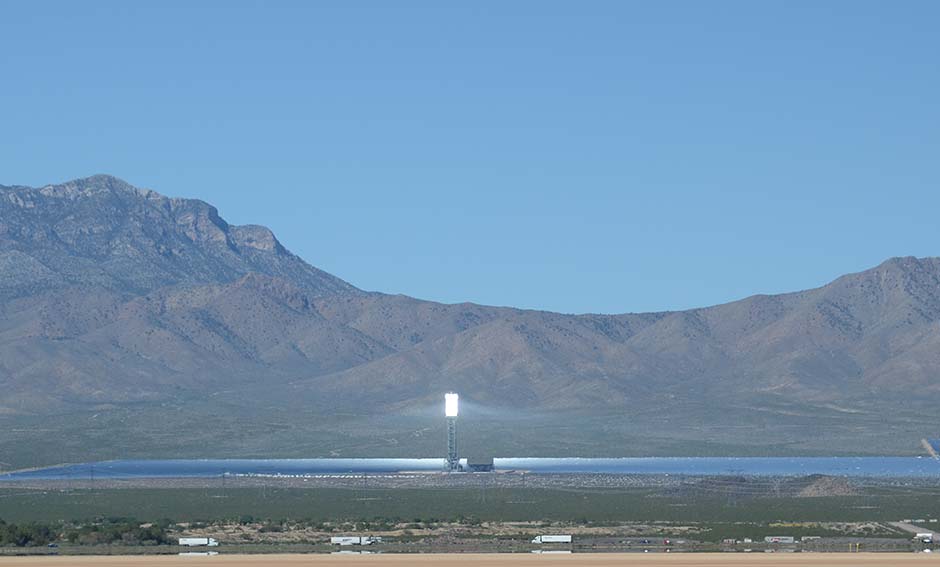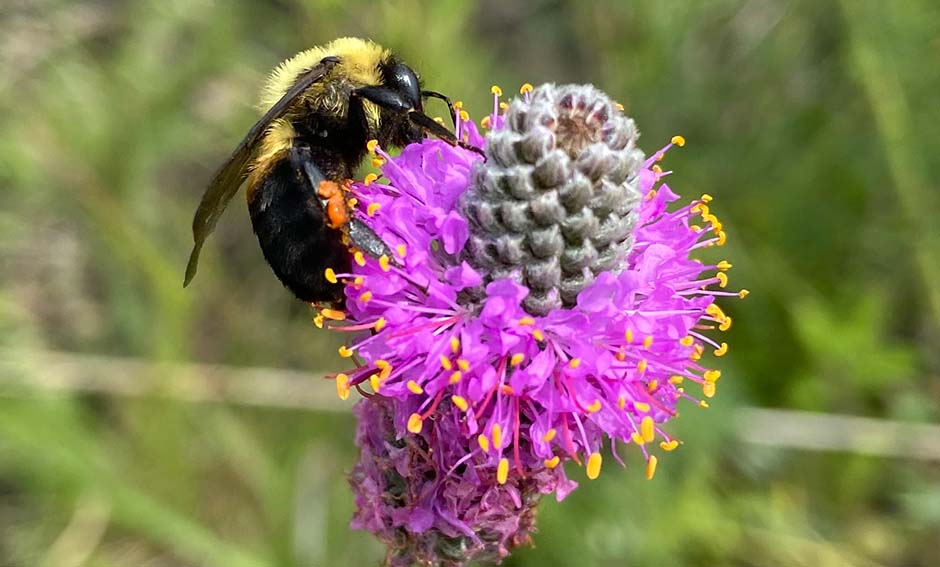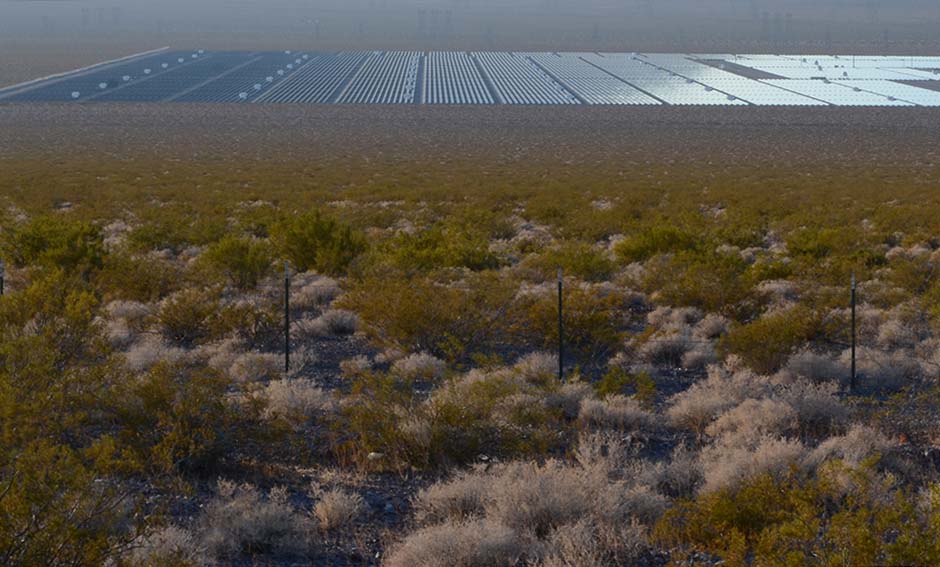Ecosystem Services
Biodiversity and Solar Energy Development
Argonne has initiated field research projects to better understand the ecological compatibility of solar energy land management practices. These studies primarily focus on the impact of siting and vegetation management (e.g., solar-pollinator habitat) on biodiversity and soil health.
Solar-Pollinator Habitat commonly refers to the establishment of grasses, forbs, and wildflowers within the solar energy facility that attracts and supports insect communities. EVS researchers at Argonne are currently studying the ecological implications of this land management practice to conserve pollinator insects and safeguard their agricultural services. This research is being conducted for the U.S. Department of Energy through the InSPIRE and PHASE projects. Using passive wildlife monitoring equipment such as acoustic recorders and wildlife cameras deployed at solar energy facilities and control sites, Argonne researchers measure and evaluate wildlife utilization of solar facilities to better understand the ecological benefits of different solar land management practices.
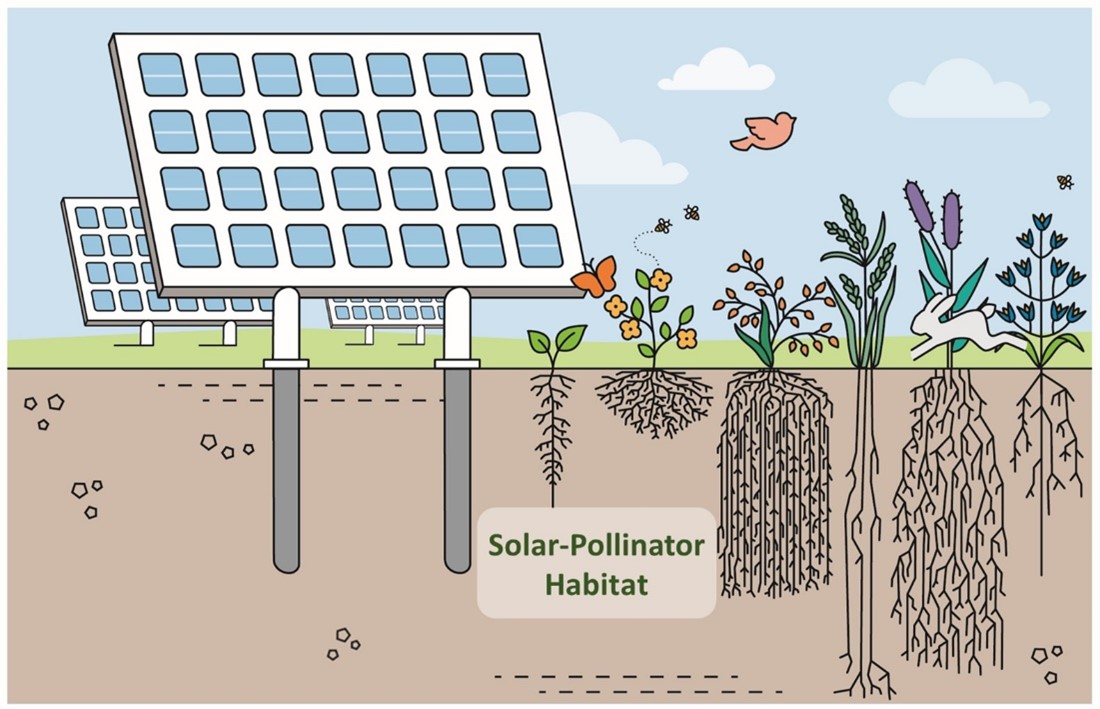
Review the photos below of EVS research on the ecological implications of solar-pollinator habitat. (Images by Argonne National Laboratory, L. Walston or L. Fox)
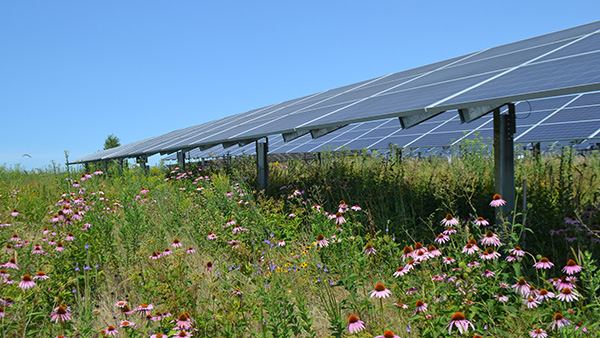

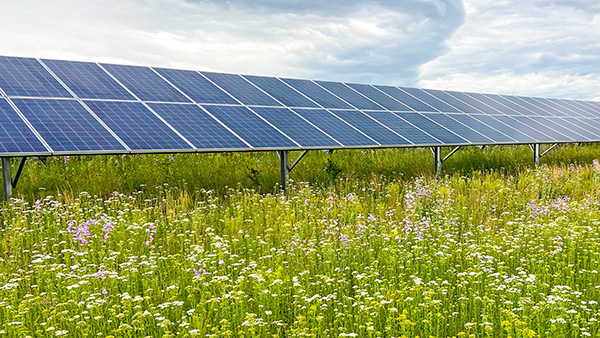
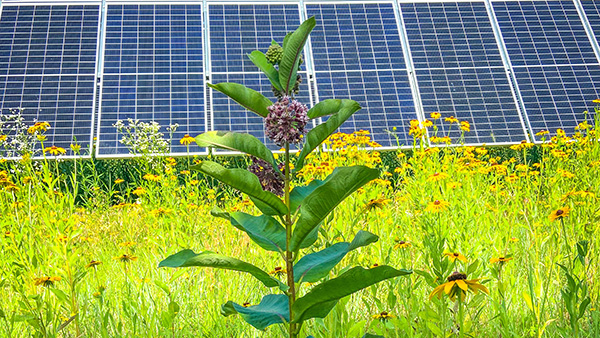
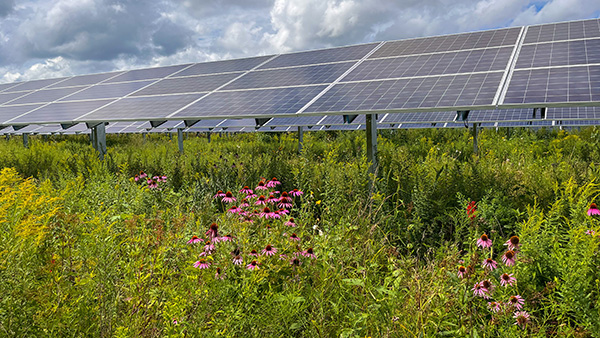
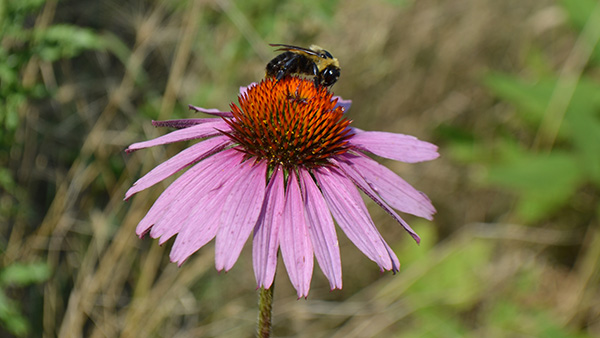
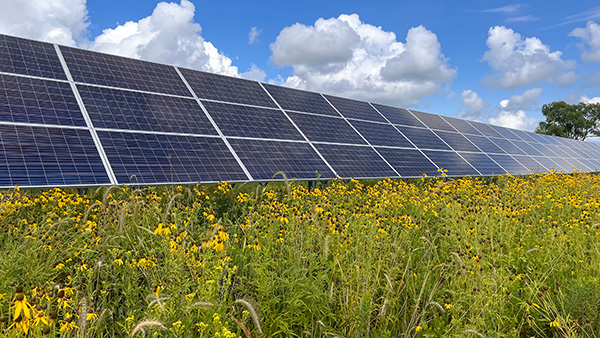
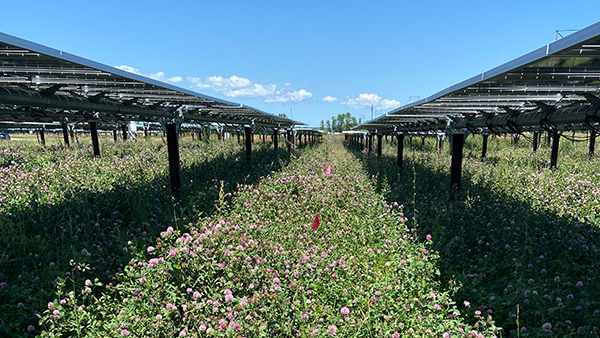
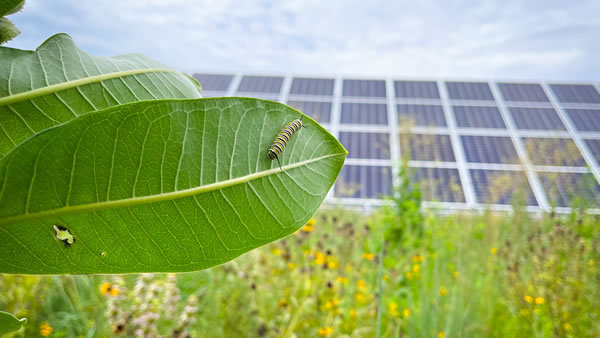
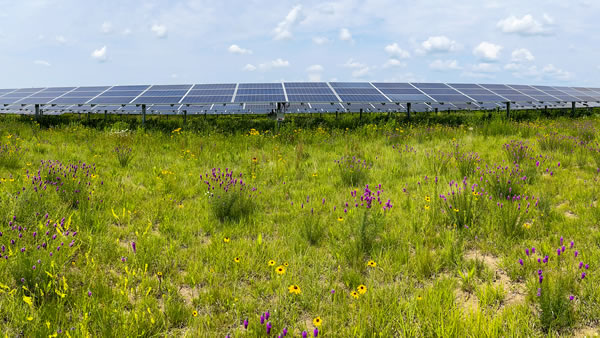
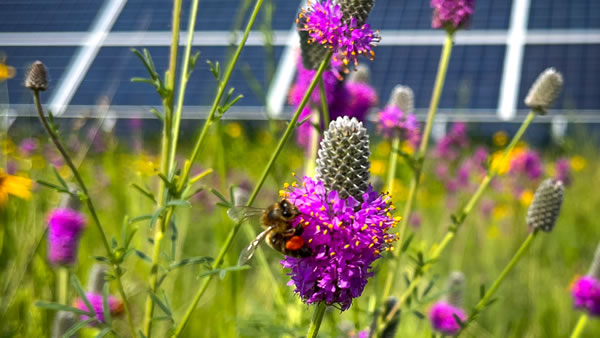
Avian-Solar Collaborative Working Group
Argonne has supported state and federal agencies in the formation and facilitation of a multiagency avian-solar Collaborative Working Group (CWG). The goal of this CWG is to promote better understanding of avian-solar interactions. In 2016, Argonne assisted in the publication of an Avian-Solar Science Coordination Plan [PDF].
AI-Enabled Avian Monitoring at Solar Facilities
Argonne is developing an AI-enabled camera system that uses edge computing to continuously monitor solar facilities for avian interactions. Using edge computing, deep learning models will be applied in near real time to identify birds and report site personnel of interactions such as collisions. For details, see the Avian-Solar Monitoring System Fact Sheet [PDF].
Beginning in 2024, Argonne has initiated a 3-year project to apply this AI-enabled avian monitoring technology to better understand the nature and mechanisms of avian fatalities found at utility-scale PV solar facilities. More about this new project will be provided soon.
Avian Solar Web Page Download Fact Sheet [PDF]